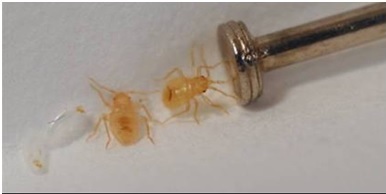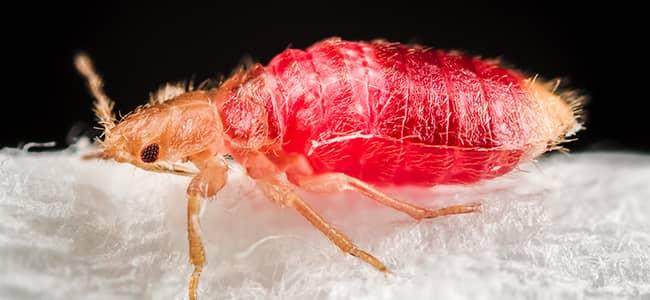Imagine you have had a long, tiring day at work. You get back home desperate to finish your dinner and get on to the bed for a good night's sleep. But, after your dinner with your family, there’s one more family waiting for you as their dinner. Wondering how is that possible?
Imagine again that you arrive at a hotel for a business trip and have important meetings lined up the next day. You have a hearty meal at the hotel at the expense of your company and you are ready to head to the bed, but there’s a family waiting for you as their dinner. Confused again?
The bed bug is a parasite, which takes away people’s rest and sleeps at night by constantly biting them and sucking their blood. It is a nocturnal creature, so it becomes active at night and feasts upon the human being who comes to rest at their place of infestation. But, they can be equally active even if you keep the lights on. Bed bugs are attracted to sweat, blood, and carbon dioxide.
These bugs feed on their host for up to ten minutes and then retreat to a nearby place. Although the bites are initially painless, they later turn into itchy and irritating bumps. Due to the feeding habits of the bugs, the bites appear in a particular pattern. They can be clustered or appear in an uneven line. Bed bugs are not known to spread or transfer diseases. It is best to wash the area with soap and water, and then apply a mild cream to soothe it. The bites may take a couple of weeks to heal. However, if you notice pus formation, excessive swelling, or any other complication, you should contact a doctor immediately.

Although named as bed bugs, these insects can be found almost everywhere - in residential houses and apartments, in public places like hospitals, college dormitories, schools, cinema halls, shops, restaurants, and hotels, as well as in offices and public transport vehicles like buses and trains. Even if a place is not inhabited by human beings for a long time, bed bug infestation can continue to thrive in such a place as they can easily survive without human blood for months. Urban areas are found to have more incidences of bed bug infestation than rural areas due to the higher density of population and increased mobility of people.
Historically, bed bug infestation were pretty common in developing countries but very rare in developed countries. However, with increased travel between countries and the improved immunity of bed bugs to pesticides, they are now quite common in developed countries as well.

Bed bugs are parasites that can survive easily in a wide range of temperatures. They don’t have any hind wings. They are light brown or reddish-brown in color. Their bodies are flat and oval in shape. They have segmented abdomens and have tiny hair strands on them.
Bed bugs are very fast in reproduction and a single pregnant female bed bug can cause an entire infestation in a few weeks. Due to the bed bug’s ability to hide out in hard-to-reach cracks and crevices, the DIY approaches to control bed bugs are hardly successful. Moreover, bed bug eggs tend to be impervious to most treatment chemicals. Therefore, it is always advisable to contact a pest control agency for the service if you have severe bed bug infestation.






.png)
